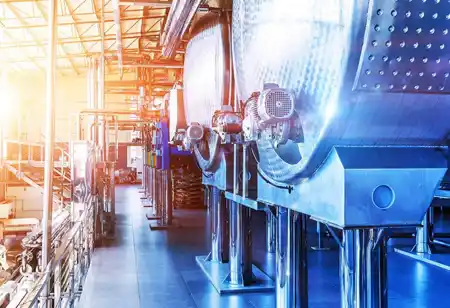Here are some key advantages of processing used catalysts via thermal desorption:
Fremont, CA: Thermal desorption offers a cost-effective and environmentally responsible solution for the petrochemical industry when it comes to disposing of used catalysts. This method not only lowers the costs associated with new catalysts and waste management but also allows for the recovery of valuable metals like nickel, vanadium, molybdenum, and platinum. Here are some key advantages of processing used catalysts via thermal desorption:
Cleaner and Safer Disposal: Exhausted catalysts are typically considered solid waste and are subject to strict environmental regulations. Thermal Desorption Units (TDUs) can transform this solid waste into an EPA "delisted" substance, simplifying disposal. Thermal desorption is a safer and cleaner alternative to chemical methods.
Cost-Effective Solution: The disposal of "spent" catalysts is heavily regulated due to environmental concerns, and landfill disposal is not an acceptable option. Thermal desorption offers a more cost-effective waste management technique by recovering valuable resources through the removal of hydrocarbons from used catalysts.
Elimination of Hazardous Materials: Modern thermal desorption processes efficiently remove metals from catalyst materials. After processing, the residual material is considered "delisted," making disposal easier and more affordable. Any hazardous substances that may be mixed with used catalysts are also effectively destroyed during the process.
Clean, Reliable, and Effective Disposal: Waste management through thermal desorption is a clean, secure, reliable, and effective method. This process not only cleans up waste streams and delists materials but also recycles commercially valuable substances in a single system. It significantly reduces or eliminates the amount of waste that needs to be sent to landfills while maximizing the recovery of hydrocarbons and valuable metals.
Adaptability to Varying Temperature Needs: Thermal desorption is versatile and can accommodate different temperature requirements for processing organic materials, such as oil-bearing substances from refineries. This flexibility ensures efficient devolatilization and throughput.
Material Separation Capabilities: Thermal desorption devices can clean over 20 tons of contaminated soil per hour, making it suitable for challenging materials like mixed hazardous waste. The cleanup duration depends on factors such as the amount of polluted material, its condition, and the types and quantities of hazardous substances present.
Processing used catalysts through thermal desorption offers a comprehensive and environmentally friendly solution that addresses both waste management and resource recovery needs in the petrochemical industry.

